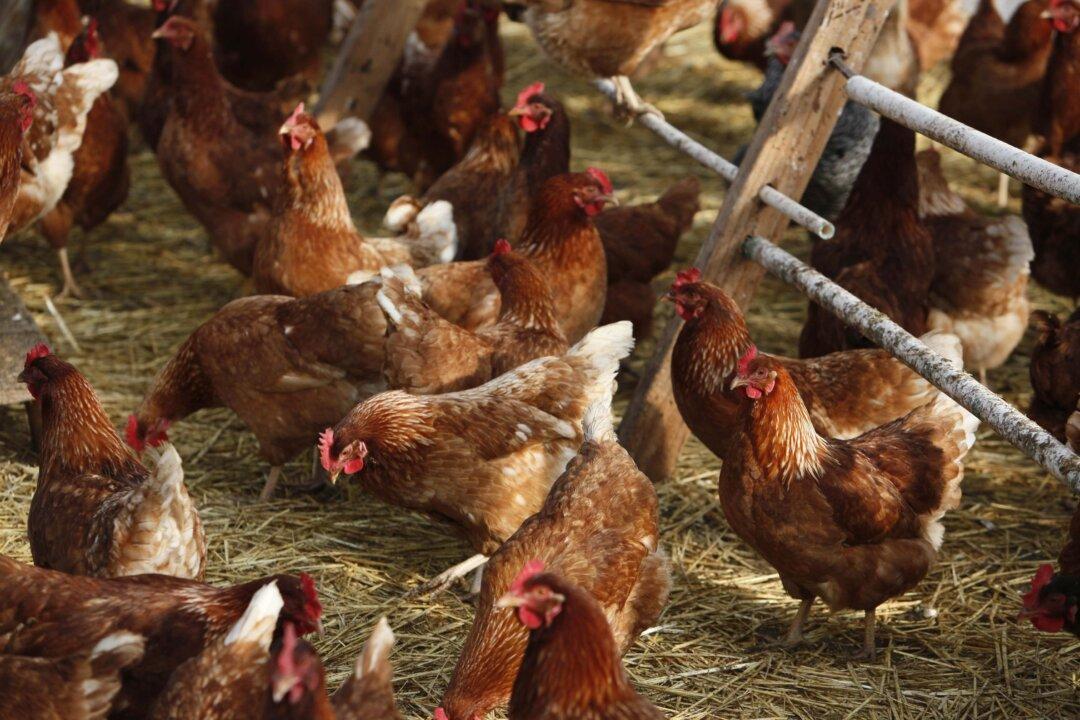MONTREAL—Canadian restaurants aren’t holding out much hope that the massive new Pacific Rim trade deal will boost the availability of the antibiotic-free chicken their customers are increasingly craving.
The Trans-Pacific Partnership deal announced Monday will open an additional 2.1 percent of the Canadian chicken market to imports in addition to the 7.5 percent existing threshold. (Two percent of the turkey market, meantime, has been opened up under TPP).
That would add more than 23.5 million kilograms of chicken over five years to the nearly 81 million kilograms of products covered by import controls that came into Canada mainly from the U.S. last year.
“The change is so small we’re highly doubtful it will be a catalyst for farmers here to be more innovative and more responsive to consumer needs,” said Joyce Reynolds, executive vice-president of Restaurants Canada.
She added Canadians’ love of chicken wings will likely trump any demand on a large scale for antibiotic-free chicken from producers here or abroad.
But Sylvain Charlebois, professor of distribution and food policy at the University of Guelph’s Food Institute, is more optimistic that the new trade deal could spur imports of antibiotic-free chicken and push Canadian suppliers to respond in order to preserve their market share.
“Now, with this opening, they may not have a choice but to actually comply to market demand,” he said in an interview.
The Chicken Farmers of Canada, which represents the country’s 2,700 poultry farmers, says it’s already working to reduce antibiotics and doesn’t believe additional imports will spur more production of antibiotic-free birds.
“What will encourage more antibiotic-free chicken is consumer demand, and consumer demand is there and it’s coming,” said executive director Mike Dungate.





